Market Trends
Key Emerging Trends in the US Allergic Conjunctivitis Market
The market trends of allergic conjunctivitis in the United States are undergoing significant shifts, driven by various factors that impact both the prevalence of the condition and the evolving landscape of treatment options. Allergic conjunctivitis, commonly known as eye allergies, is characterized by inflammation of the conjunctiva, the clear tissue covering the white part of the eye. One prominent trend in the U.S. market is the increasing incidence of allergic conjunctivitis cases. Environmental factors, such as rising levels of air pollution and allergens, contribute to the growing number of individuals experiencing allergic reactions in their eyes. In addition to this, the tendency for the market to adopt more advanced options and also those that are targeted is also being observed. First, the spotlight is still on over-the-counter antihistamine eye drops. At the same time, there is a tremendous rise in the demand for FDA-approved prescription medications that last longer as they target the root of these allergic reactions. This is shown through bringing on board new home remedy drugs specifically designed to react with the inflammatory route that causes allergic conjunctivitis. Such sophisticated treatments not only become the tool for decent and prolonging relief but moreover also for a wider development in the medicine and a more detailed and accurate one at that. Another outstanding aspect of the market trends is an improving incidence of allergic conjunctivitis as a result of more people being aware of this condition and thus being diagnosed. Healthcare professionals have the important role of teaching both people who are experiencing it and the general population on what the problem is and symptoms. This leads to better and earlier diagnosis. As awareness of the public is on the increase, people instead of waiting for long, opt to see a health professional so that there is a high demand for pharmaceutical solutions. Such trend matches with the growing health prevention and early intervention concept that is being employed to improve the patients’ result both in terms of quality and outcome.
The U.S. market for allergic conjunctivitis is also witnessing increased collaboration between pharmaceutical companies and healthcare providers. This collaboration aims to develop innovative therapies, improve treatment protocols, and enhance overall patient care. Such partnerships contribute to the development of novel drugs, combination therapies, and more patient-friendly formulations, addressing the diverse needs of individuals affected by allergic conjunctivitis.

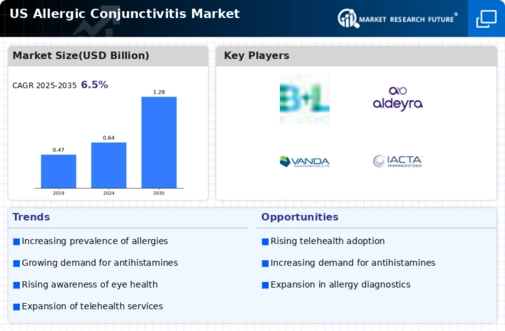
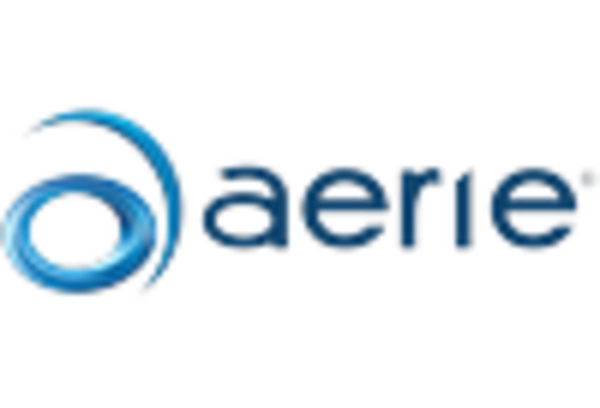
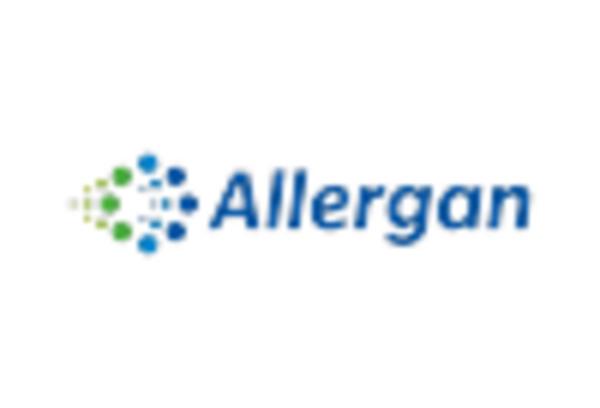
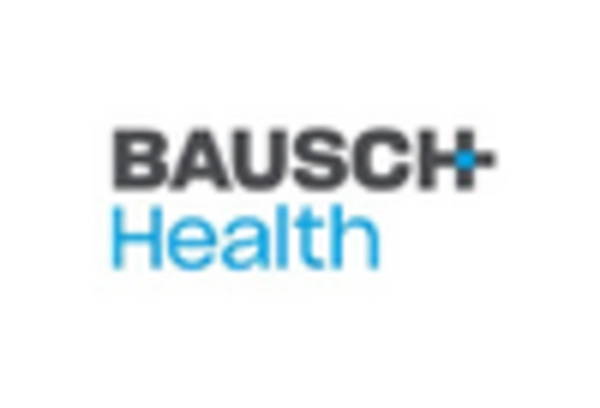

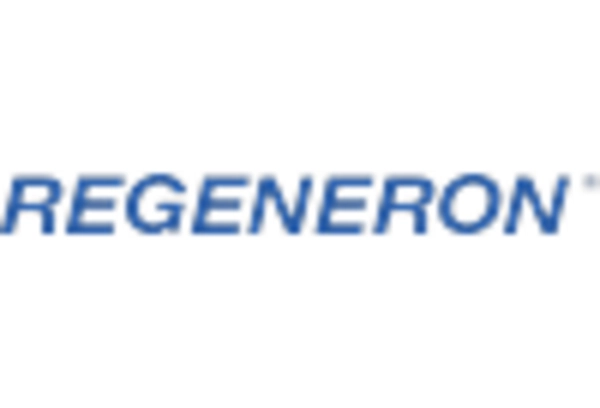
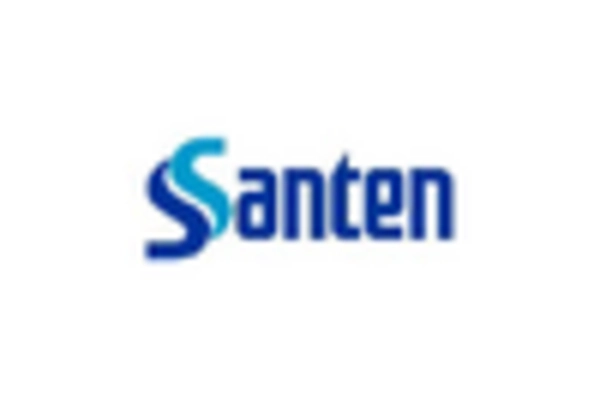

Leave a Comment